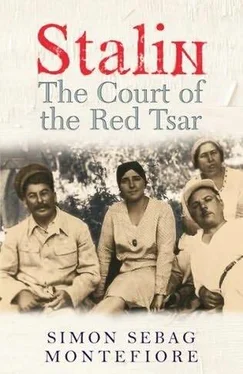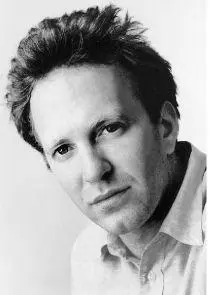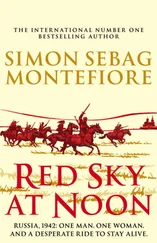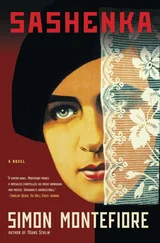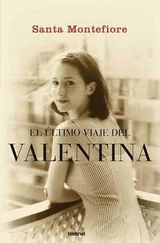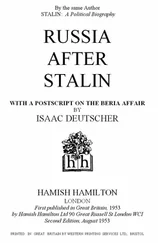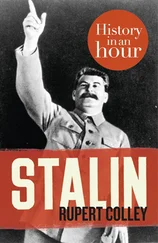Simon Montefiore - Stalin
Здесь есть возможность читать онлайн «Simon Montefiore - Stalin» весь текст электронной книги совершенно бесплатно (целиком полную версию без сокращений). В некоторых случаях можно слушать аудио, скачать через торрент в формате fb2 и присутствует краткое содержание. Город: New York, Год выпуска: 2005, ISBN: 2005, Издательство: Vintage Books, Random House Inc., Жанр: История, Биографии и Мемуары, на английском языке. Описание произведения, (предисловие) а так же отзывы посетителей доступны на портале библиотеки ЛибКат.
- Название:Stalin
- Автор:
- Издательство:Vintage Books, Random House Inc.
- Жанр:
- Год:2005
- Город:New York
- ISBN:978-0-307-42793-9
- Рейтинг книги:3 / 5. Голосов: 1
-
Избранное:Добавить в избранное
- Отзывы:
-
Ваша оценка:
Stalin: краткое содержание, описание и аннотация
Предлагаем к чтению аннотацию, описание, краткое содержание или предисловие (зависит от того, что написал сам автор книги «Stalin»). Если вы не нашли необходимую информацию о книге — напишите в комментариях, мы постараемся отыскать её.
We see Stalin playing his deadly game of power and paranoia at debauched dinners at Black Sea villas and in the apartments of the Kremlin. We witness first-hand how the dictator and his magnates carried out the Great Terror and the war against the Nazis, and how their families lived in this secret world of fear, betrayal, murder, and sexual degeneracy. Montefiore gives an unprecedented understanding of Stalin’s dictatorship, and a Stalin as human and complicated as he is brutal.
Fifty years after his death, Stalin remains one of the creators of our world. The scale of his crimes has made him, along with Hitler, the very personification of evil. Yet while we know much about Hitler, Stalin and his regime remain mysterious. Now, in this enthralling history of Stalin’s imperial court, the fear and betrayal, privilege and debauchery, family life and murderous brutality are brought blazingly to life.
Who was the boy from Georgia who rose to rule the Empire of the Tsars? Who were his Himmler, Göring, Goebbels? How did these grandees rule? How did the “top ten” families live? Exploring every aspect of this supreme politician, from his doomed marriage and mistresses, and his obsession with film, music and literature, to his identification with the Tsars, Simon Sebag Montefiore unveils a less enigmatic, more intimate Stalin, no less brutal but more human, and always astonishing.
Stalin organised the deadly but informal game of power amongst his courtiers at dinners, dances, and singsongs at Black Sea villas and Kremlin apartments: a secret, but strangely cosy world with a dynamic, colourful cast of killers, fanatics, degenerates and adventurers. From the murderous bisexual dwarf Yezhov to the depraved but gifted Beria, each had their role: during the second world war, Stalin played the statesman with Churchill and Roosevelt aided by Molotov while, with Marshal Zhukov, he became the triumphant warlord. They lived on ice, killing others to stay alive, sleeping with pistols under their pillows; their wives murdered on Stalin’s whim, their children living by a code of lies. Yet they kept their quasi-religious faith in the Bolshevism that justified so much death.
Based on a wealth of new materials from Stalin’s archives, freshly opened in 2000, interviews with witnesses and massive research from Moscow to the Black Sea, this is a sensitive but damning portrait of the Genghis Khan of our epoch. * * *
